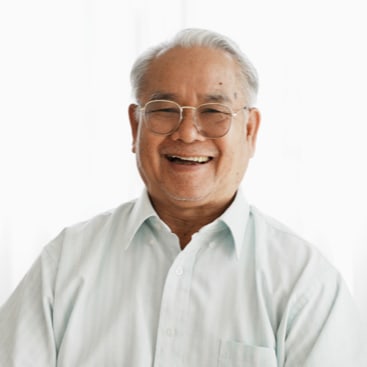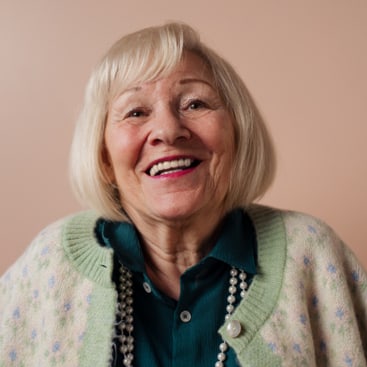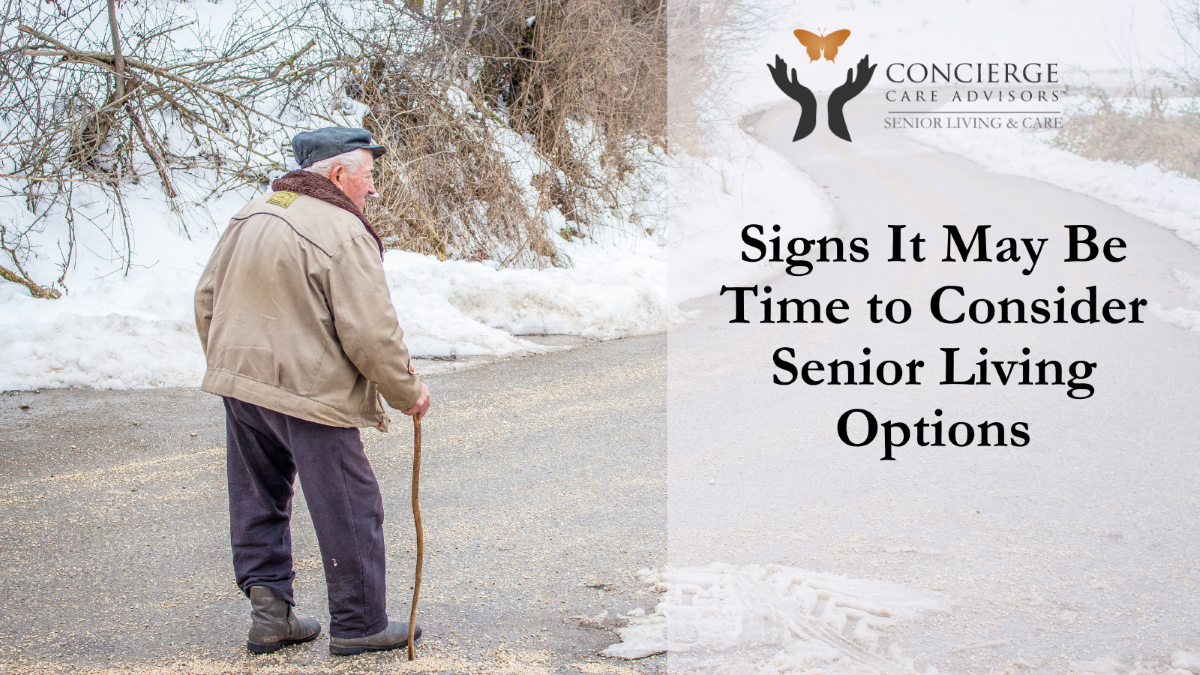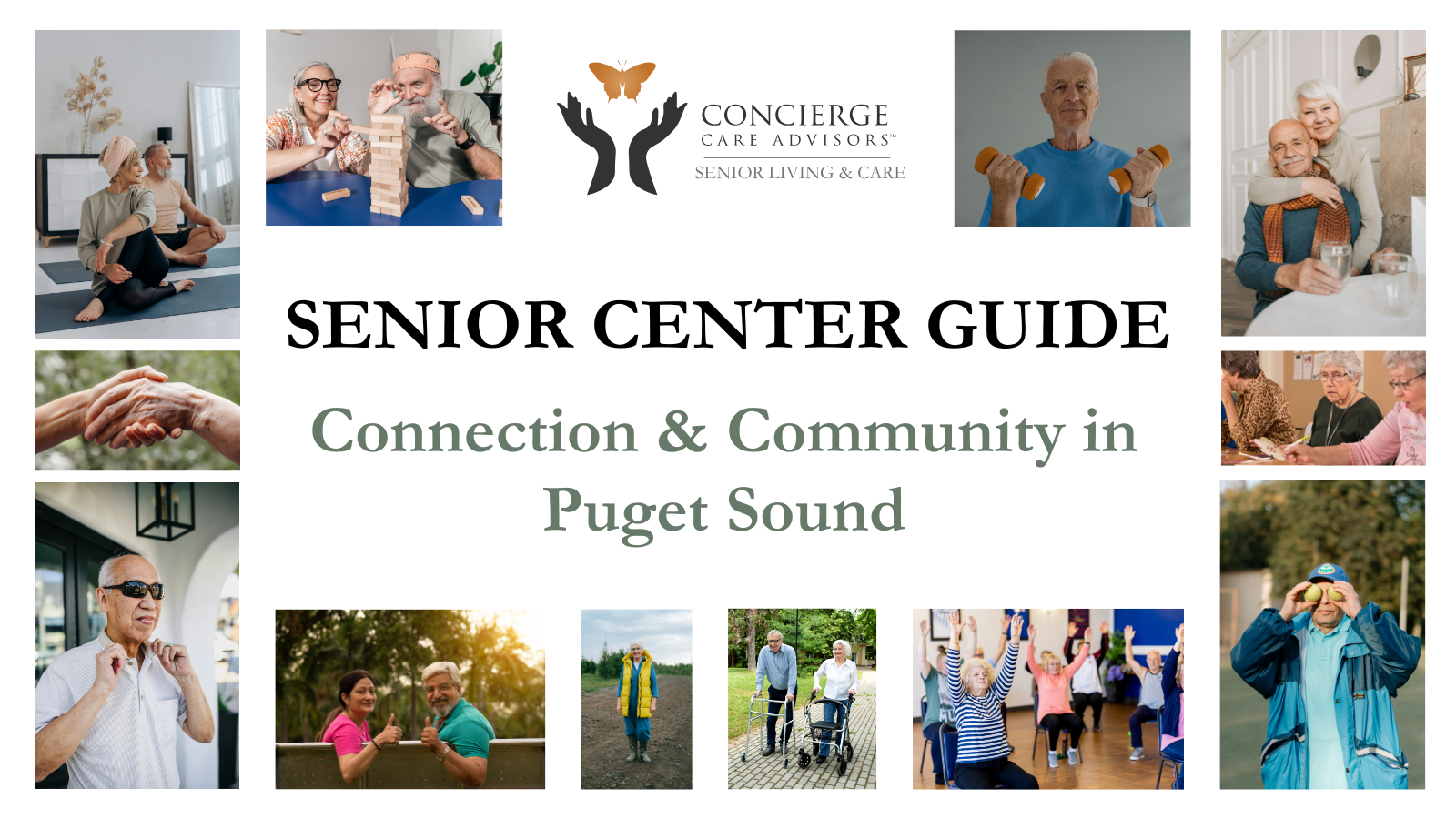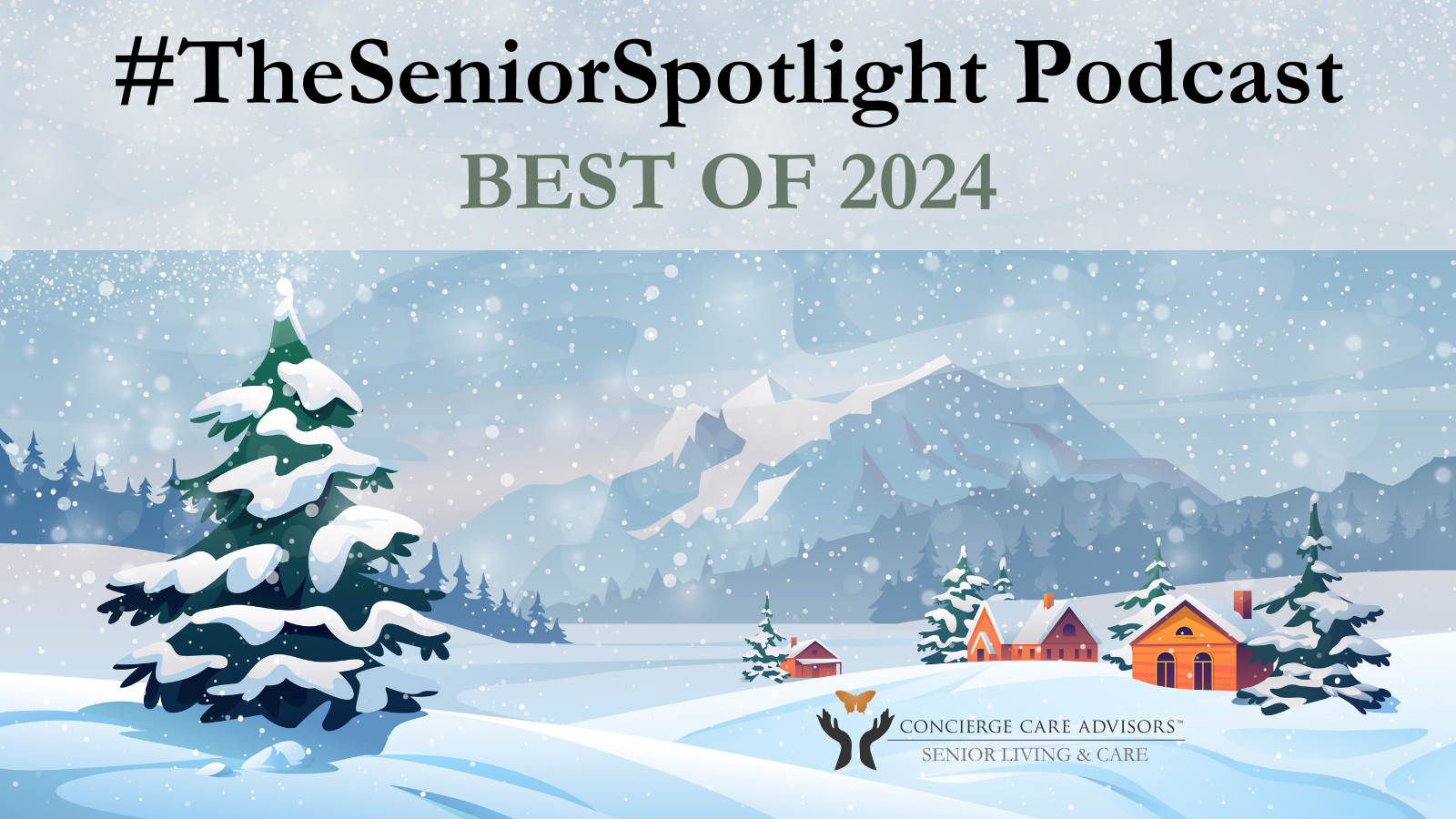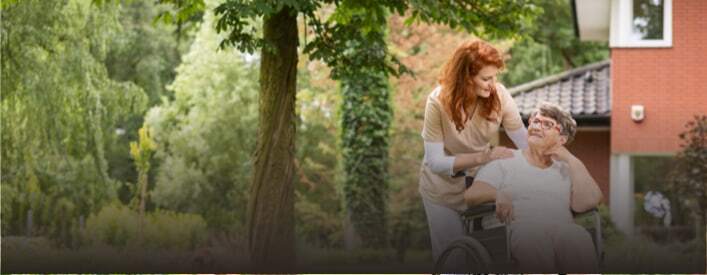By Jennifer Melville, Director of Marketing, CCA
Today’s senior citizens are defying stereotypes. They are living longer, healthier lives and engaging with technology in ways that would have been unimaginable in the past.
The senior population in the United States is growing rapidly, with 10,000+ people turning 65 daily. All Baby Boomers will be 65 or older by 2030 and by 2040, 78.3 million Americans will be 65 or older. By the year 2050, the entire Baby Boomer population will be older than 85, a demographic shift that will have a widespread impact across society. But who exactly is the modern American senior citizen, and what challenges do they face?
A Snapshot of Today’s Seniors
In 2022, the U.S. was home to nearly 58 million adults aged 65+, with women making up 31.9 million and men 25.9 million of this total. Today’s senior citizens are healthier and expect to live independently for longer. The average 65-year-old can expect to live at least another 18.9 years, and a growing number of people are living to 100 and beyond. In 2022, 88,988 people were 100 or older—more than double the number of centenarians in 1980.
In 2023, more older men (68%) than women (47%) were married. The states with the highest senior populations in 2022 were Maine, Florida, West Virginia, and Vermont. Finally, today’s seniors are more educated than their predecessors, with the percentage of older adults who have completed high school sitting at 89% in 2022, up from 28% in 1970.
Technology Use
Contrary to popular belief, seniors are indeed embracing technology. A recent AARP report showed that Americans 50 and older own devices at the same rate as those ages 18-49 and that half of seniors recognize that technology can assist them in living a healthy life.
“Living an active, healthy lifestyle is the top priority for most who live in our age-qualified communities, and they’re incorporating technology into their lives to help them do this,” said Francine Wallace, VP of Community Experience with Tri Pointe Homes’ California Inland Empire Division in a Forbes article. Smart technology implementation in American senior communities promotes a sense of autonomy and increased security and safety for seniors.
At the same time, 64% of seniors want to use technology but feel it’s not always designed with their needs in mind. Telemedicine, mobile health apps, and wearable devices for monitoring health have emerged as critical tools for helping seniors stay connected and manage their care.
Health and Independence
Maintaining independence is a top priority for today’s seniors, many of whom prefer to age in place. A strong sense of community and familiar surroundings can positively impact their mental and emotional well-being. At the same time, most older adults have at least one chronic condition, and many deal with multiple health issues, which increases the need for reliable, supportive healthcare.
Financial Pressures
Economic insecurity is another challenge many senior citizens face. In 2022, 10% of seniors lived below the official poverty line, with older women of color disproportionately affected. 1 in 5 Latina and Black women over 65 live in poverty in America.
Many seniors continue working past the traditional retirement age today, with over 11 million older Americans still in the workforce in 2023. Women represent 46% of all older workers, and the Bureau of Labor Statistics expects that by 2030, 9.5% of the civilian workforce will be older than 65.
Seniors in an Evolving Healthcare Landscape
As the senior population expands, the demand for services enabling them to stay independent longer has grown. Telehealth services, online scheduling, and asynchronous messaging with healthcare providers have become valuable resources for seniors who want to be engaged in their healthcare decisions. Additionally, technological solutions like mobile health apps with medication refill reminders and virtual consultations are helping seniors manage their health from home.
The Role of Family Caregivers
For many seniors, family caregivers an play essential role in maintaining their loved one’s quality of life. 37 million+ family caregivers provided unpaid care to an older adult in 2021-2022. These caregivers often juggle work, family responsibilities, and the challenges of caring for an aging loved one.
Preparing for a New Chapter
As the face of the American senior changes, so too must our approach to senior care. Today’s seniors are living longer, embracing technology, and taking charge of their healthcare in ways that previous generations did not. They are more informed than previous generations, they often know how to research their options, and their desires and expectations are different from those of their parents.
This quote from a recent Nexus Insights Survey Report sums it up well, specifically when it comes to what today’s seniors are looking for in a senior living community: “The Greatest Generation took what was in front of them. The Baby Boomers seek out what they want. They are more prone to bring their own research and insights into a senior living sales call.”
“Yet, that can be a double-edged sword, because the well-researched senior knows better the financial challenges of senior living. The new buyer expects experts to assist them in all processes, including financial guidance in senior living.”
Senior Care & Transitions services like ours are not going anywhere- if anything, they’ll become increasingly vital as the senior population expands and demand for services blossoms. Concierge Care Advisors is dedicated to ensuring that seniors have access to the care and resources needed to live fulfilling, dignified, and independent lives.
Today’s seniors aren’t looking for a blanket solution, or inpersonalized referrals. Our team of Senior Living Advisors help seniors and their families navigate the senior living landscape with compassion and expertise, getting to know them through a personalized intake process to truly understand their wants and needs, matching them with senior living communities that meet their criteria and touring with them in person, and advocating for them every step of the way from intake through placement. We believe in getting in right the first time- 99% of our placements don’t have to move again and are able to age in place. Our services are always free.
We also understand that the challenges seniors and their families face are often more complex and far reaching than finding the right senior living community alone. In our decades of helping seniors prepare for their next chapter, we’ve created a trusted database of Preferred Professionals who can assist families with anything they need to make the transition happen- from legal and estate planning to insurance or financial guidance. Don’t see something on this list that you need? Just reach out – we likely have a contact in this field and are happy to connect you.
Seniors are our passion, and helping senior citizens and their families achieve the best possible outcome is the reason we show up to work every day. We’re prepared to meet the needs of America’s changing demographics and are curious to see how the requirements and desires of our senior population will continue to shift in the coming decade.
If you’re considering a senior living solution for yourself or for a loved one, reach out to Concierge Care Advisors for a personalized consultation, and let us help you navigate the complexities of senior care with compassion and expertise.




